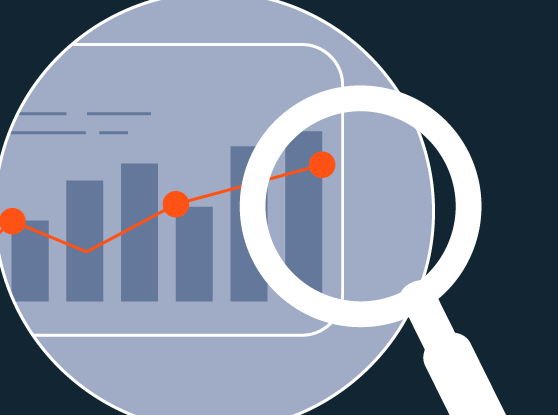Behind the Investment: Apollo – Pioneering the Graph as An Essential New Layer in the Tech Stack

Historically, developers have been forced to write custom REST calls to pull data from each disparate data source. This introduces large amounts of hard-to-manage data fetching code and slower app development processes. Frontend developers are often left waiting for the assistance of their backend counterparts in order to set-up requisite data pulls. This challenge has grown in complexity recently as backend services proliferate (microservices, 3rd party SaaS apps, databases, etc.) and more endpoints must be served (web, iOS, Android, wearables, smart devices, etc.).
To address this challenge, Apollo is pioneering the Graph as a critical new piece of functionality for the enterprise. The Graph is a new layer in the tech stack, an integrated representation of all of an organization’s services, data, and digital capabilities. The Graph empowers developers to deliver better experiences, faster. It isolates service complexity, and serves as a single place for collaborating around application development, without tight coupling. Under Apollo’s leadership, the Graph has the potential to reshape the world economy as a universal aggregator. Embracing the Graph is one of those key technology strategy decisions that can have huge implications for a company’s future competitiveness, like adopting the public cloud or leveraging data to make predictions.
The Graph takes advantage of GraphQL as a core enabling technology. GraphQL is a query language that simplifies how a developer pulls data into an application across multiple data services. Instead of writing custom API calls to each individual data source, GraphQL enables developers to query data from multiple services with a single request. Estimates are that there are already millions of GraphQL developers, and the number has been growing exponentially.
Apollo provides the industry-standard implementation of GraphQL. Apollo’s highly popular, open-source GraphQL client and server are used by developers worldwide. The company also offers corporate clients a unified Graph platform, which allows companies to consolidate their disparate graphs being used by individual teams into one shared, secure unified graph for the whole organization.
They have already signed forward-thinking enterprise development teams like Walmart, Expedia, PayPal, Zillow, Audi, and Glassdoor. As we spoke to customers, they raved about Apollo’s ability to cut down lines of code, while increasing developer velocity. This significant ROI for customers has translated into 3x ARR growth in the past year.
When we first met Geoff and Matt in 2018, we were struck by their conviction on how the Graph could benefit all developers. They were visionaries in a market that was only beginning to take shape. As we built the relationship with them over the past 3 years, we’ve been inspired by a vision that has grown even larger.
As development teams increase their push toward shorter application development cycles -- and companies choose modern web development technologies in order to deliver best-in-class digital experiences to their customers -- the result will be a rapid adoption of the Graph by companies of all sizes.
Geoff and Matt have assembled a world-class team to bring a best-in-class Graph offering to the world. We are excited to be leading Apollo’s $130M Series D round alongside existing investors Andreessen Horowitz, Matrix Partners, and Trinity Ventures. In the years ahead, we look forward to watching Apollo further solidify itself as “the Graph company.”








